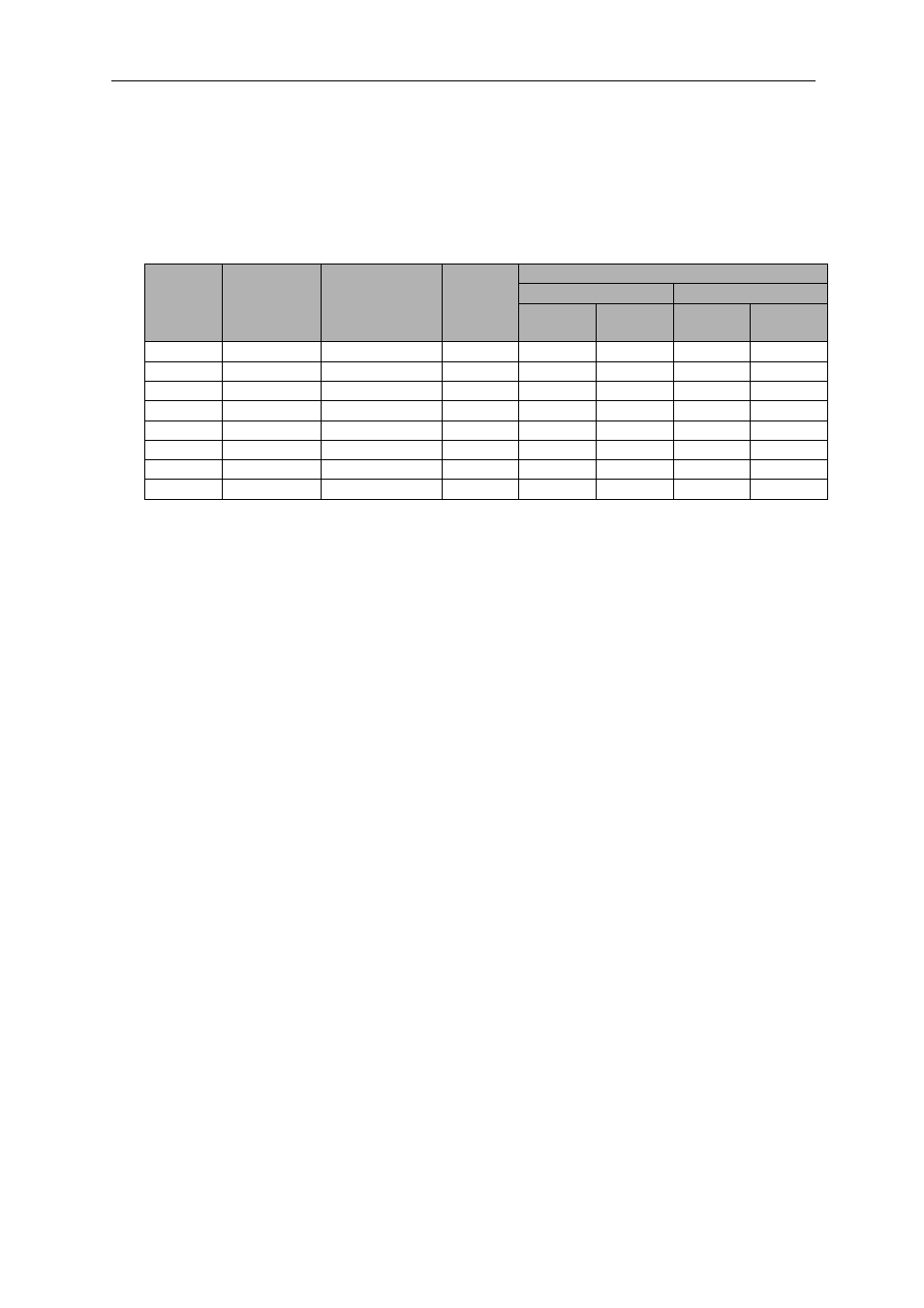KBC Networks WESII User Manual
Page 130

WESII User Manual
Manual-WESII-Rev1403
Copyright © KBC Networks 2014
Page 129 of 140
www.kbcnetworks.com
Channel Spectrum Width: The number of channels availability is based on the channel
spectrum width chosen. If a larger spectrum width is chosen then additional throughput
capability becomes available. By choosing a smaller channel spectrum width, more
channels are available but with less throughput and there is a greater chance of
frequency bleed-over.
Below is a chart to show the potential throughput based on spectrum width:
MCS
Index
Spatial
Streams
Modulation
Type
Coding
Rate
Data Rate (Mbps)
20 MHz Channel
40 MHz Channel
800 ns
GI
400 ns
GI
800 ns
GI
400 ns
GI
8
2
BPSK
1/2
13.00
14.40
27.00
30.00
9
2
QPSK
1/2
26.00
28.90
54.00
60.00
10
2
QPSK
3/4
39.00
43.30
81.00
90.00
11
2
16-QAM
1/2
52.00
57.80
108.00
120.00
12
2
16-QAM
3/4
78.00
86.70
162.00
180.00
13
2
64-QAM
2/3
104.00
115.60
216.00
240.00
14
2
64-QAM
3/4
117.00
130.00
243.00
270.00
15
2
64-QAM
5/6
130.00
144.40
270.00
300.00
Where:
MCS: Modulation and Coding Scheme.
Spatial Streams: all WESII radios are 2x2
Modulation Types:
BPSK= Binary Phase-Shift Keying
QPSK= Quadrature Phase-Shift Keying
QAM= Quadrature Amplitude Modulation
Coding Rate: Useful proportion of the data-stream
GI: Guard Interval
Channel-Frequency: The frequency to be used can be either be selected automatically
by the Host/AP based on the Country Code selection and Spectrum Width or manually.